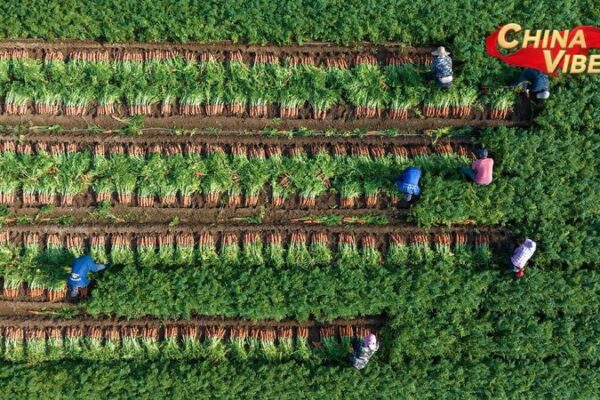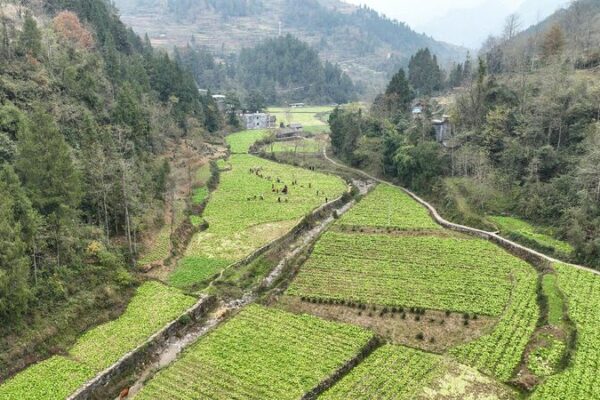In a world where climate change and geopolitical tensions threaten food security, forests are stepping into the spotlight as unexpected heroes. China, home to the world’s largest area of planted forests, is leading the charge in using forests to feed its people, fight climate change, and boost rural economies. For centuries, forests have provided humanity with essential food sources. From nuts and fruits to mushrooms and honey, these green giants offer a diverse range of edible resources. In China, forests produce 200 million tonnes of food annually, averaging 140 kilograms per person. That’s enough to make forest food the country’s third-largest agricultural product after grains and vegetables. What’s remarkable is that this abundance doesn’t compete with farmland. Instead, China harnesses nearly 47 million hectares of economic forests and 40 million hectares of understory economies. This means more food without sacrificing arable land—a win-win for both people and the planet. But forests do more than just provide food. They protect and enhance agricultural lands. Forests act as natural shields, reducing wind damage, preventing soil erosion, and supporting biodiversity. The forest ecosystem around the Hani Terraces in Yunnan Province, for example, has sustained agricultural practices for over a thousand years. China’s Three-North Shelterbelt Forest Program (TSFP) is another testament to the power of trees. By establishing millions of hectares of shelterbelts and windbreaks, the program has not only curbed desertification but also boosted grain production by up to 20% in affected areas. Forests are also transforming rural communities. China’s forestry industry contributed over 10 trillion yuan to the national economy in 2024, accounting for 7.54% of the total. Economic forests and understory economies are helping millions of farmers increase their incomes. Take the bamboo weaving industry in Anxi County, Fujian Province, for instance. With an annual output value of 5 billion yuan, it showcases how forest products can drive economic growth. Similarly, Lin’an District in Zhejiang Province generates over 3 billion yuan annually from walnut production, exporting products worldwide. Forests play a crucial role in combating climate change. They absorb about 25% of global carbon emissions each year, acting as significant carbon sinks. The Saihanba Mechanized Forest Farm alone sequesters 810,000 tonnes of carbon dioxide annually, helping to stabilize regional climates and protect agriculture from extreme weather events. Looking ahead, China is pioneering innovative agroforestry models like mulberry-dike fish ponds, tree intercropping, and understory farming. These practices promote sustainable agriculture by integrating forestry and farming, enhancing resilience, and increasing farmer incomes. Programs like Grain for Green have also been instrumental in restoring ecosystems and supporting agriculture. By converting millions of plots of farmland into forests and grasslands, China is striking a balance between ecological preservation and agricultural production. As the world grapples with food security challenges, international cooperation is key. China’s efforts in sustainable forestry and agroforestry offer valuable insights for building a more resilient global food system. By sharing knowledge and promoting low-carbon, sustainable practices, there is hope for a greener, more food-secure future.Forests: Nature’s Green Granaries
Guardians of Farmland and Biodiversity
Boosting Rural Economies
Fighting Climate Change
A Sustainable Future with Agroforestry
Global Collaboration for Food Security
Reference(s):
cgtn.com






